Radon Testing to Protect Your Space
Radon testing is a crucial step in assessing indoor air quality and ensuring the safety of residential and commercial spaces. Radon is a radioactive gas that naturally occurs from the decay of uranium in soil and rocks. It can accumulate in buildings, posing health risks over prolonged exposure. Proper testing identifies radon levels and helps determine if mitigation measures are necessary.
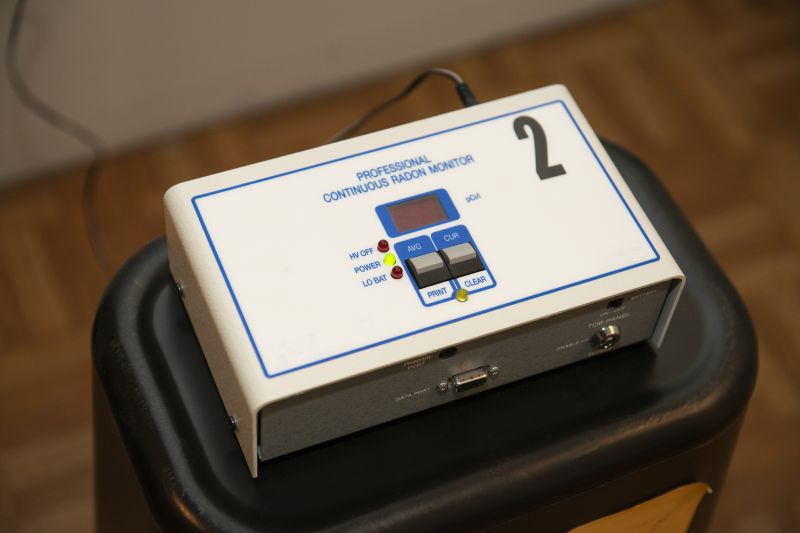
Various devices are used to detect radon levels, including short-term and long-term test kits.
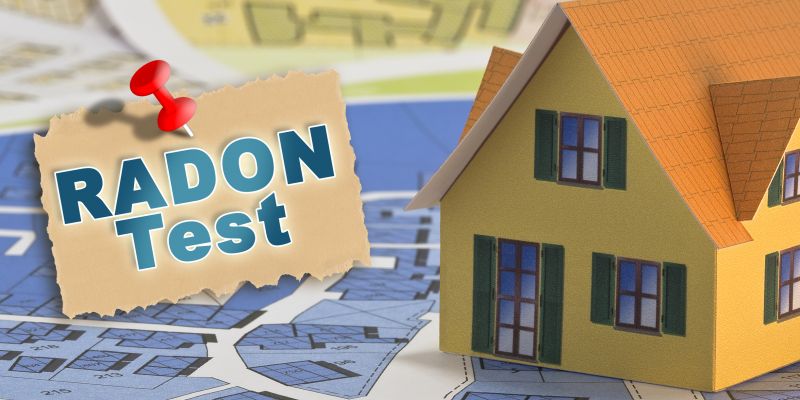
Radon tends to accumulate in lower levels of buildings, making testing in basements essential.
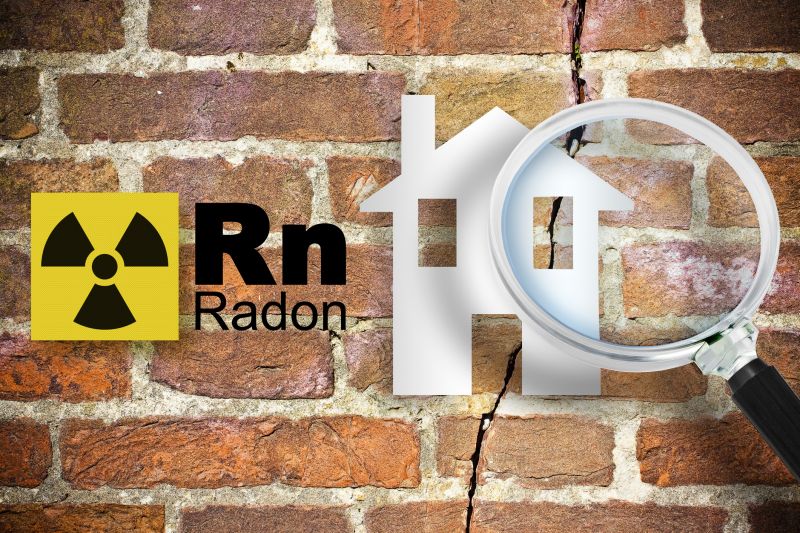
Homeowners can schedule professional testing to evaluate radon concentrations in living spaces.
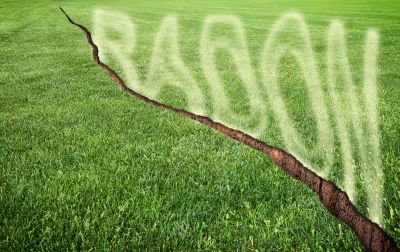
Businesses often require radon assessments to comply with safety standards.
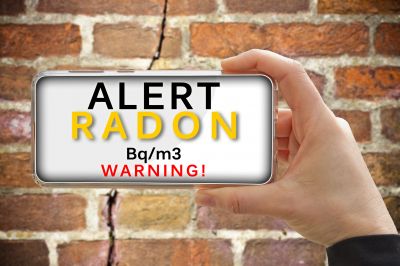
Results indicate radon levels, guiding decisions on whether mitigation is needed.
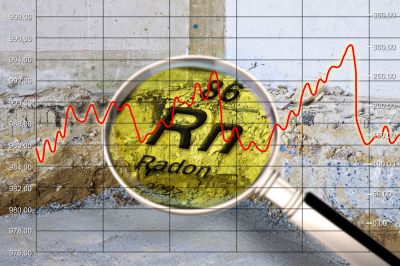
Effective systems can reduce radon concentrations to safe levels when necessary.
Radon testing involves placing detection devices in targeted areas for a specified period, after which the devices are analyzed to determine radon concentrations. Professional testing typically takes a few hours to a few days, depending on the method used. Short-term tests are quick but less comprehensive, while long-term tests provide a more accurate assessment over extended periods.
The process begins with selecting appropriate testing equipment and placement locations. Professionals ensure that tests are conducted correctly, following standardized procedures to avoid false readings. After the testing period, results are reviewed, and recommendations are made if radon levels exceed safety thresholds. Hiring a professional ensures precise testing and reliable results, reducing the risk of overlooked issues.
Professional tests typically range from 48 hours to several days, depending on the method.
Devices are strategically placed in living areas, then collected and analyzed for radon levels.
Experts ensure proper placement, accurate readings, and reliable results.
Levels above 4 pCi/L (picocuries per liter) usually indicate the need for mitigation.
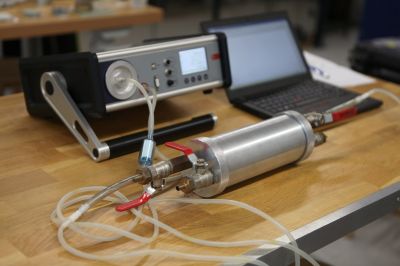
Various detection devices are employed during testing.
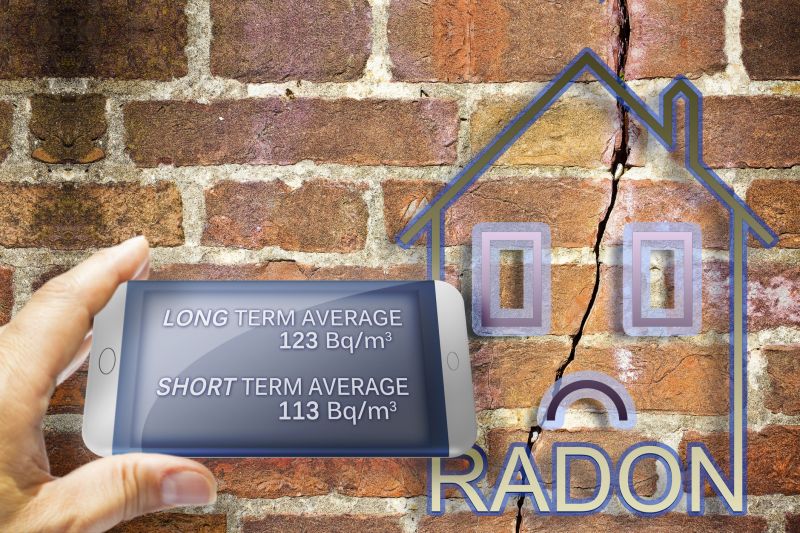
Monitoring radon in different rooms helps identify problem areas.
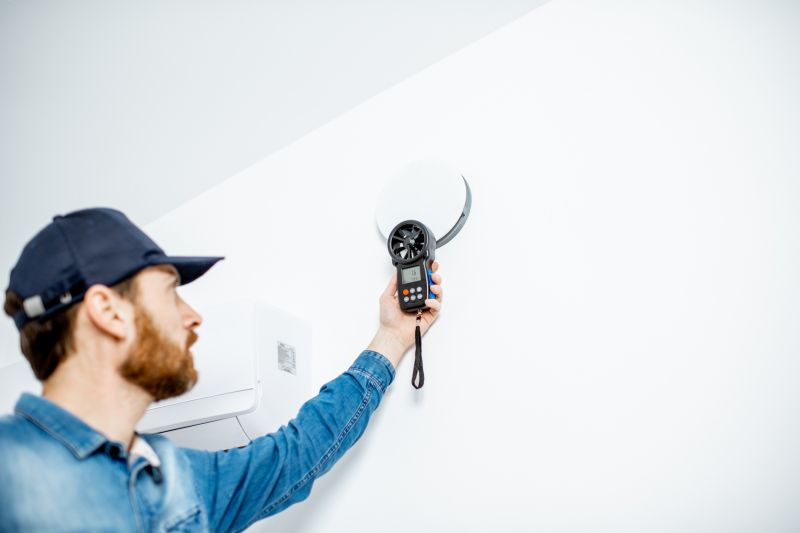
Advanced tools provide precise measurements.

Proper setup is essential for accurate results.

Basements are common areas for radon accumulation.

Results guide the decision-making process.
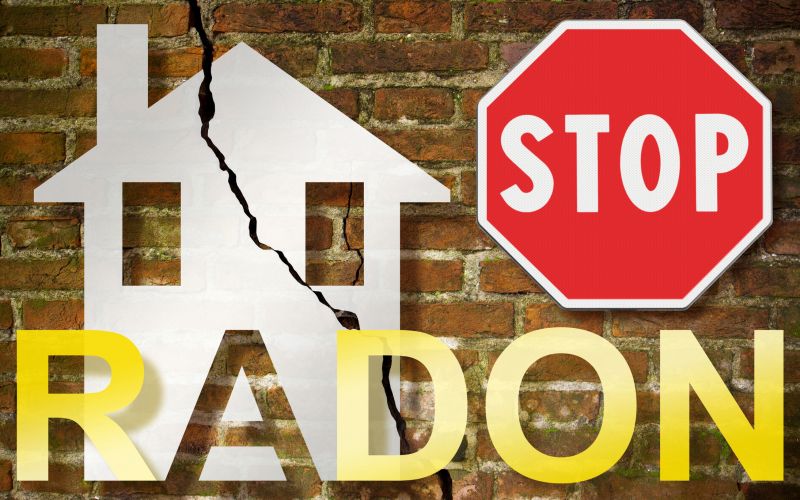
Post-testing, mitigation systems can be installed if needed.

Examples of professional testing done in various settings.

Proper storage ensures device calibration and accuracy.
At the conclusion of testing, detailed reports are provided, outlining radon levels and recommended actions. Regular testing is advised for ongoing safety, especially in regions with high radon prevalence. Homeowners and property managers are encouraged to schedule periodic assessments to maintain healthy indoor environments.
If interested in obtaining a quote for radon testing services, filling out the contact form is recommended. Professional assessments help ensure indoor air quality and safety for all occupants.
